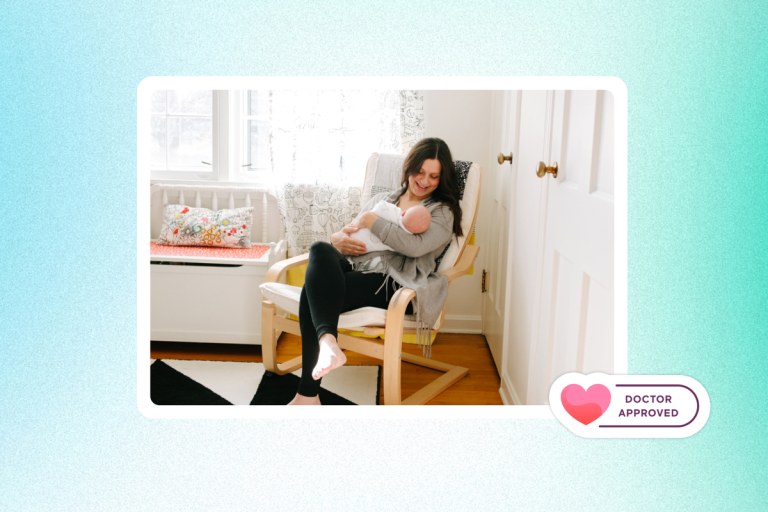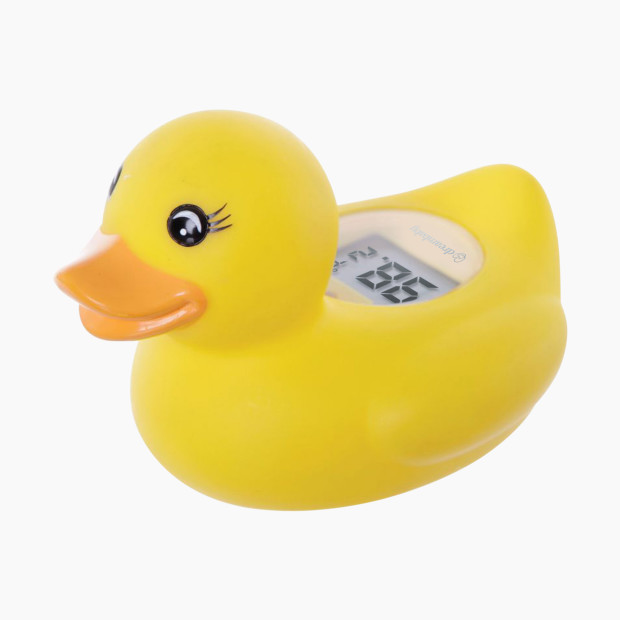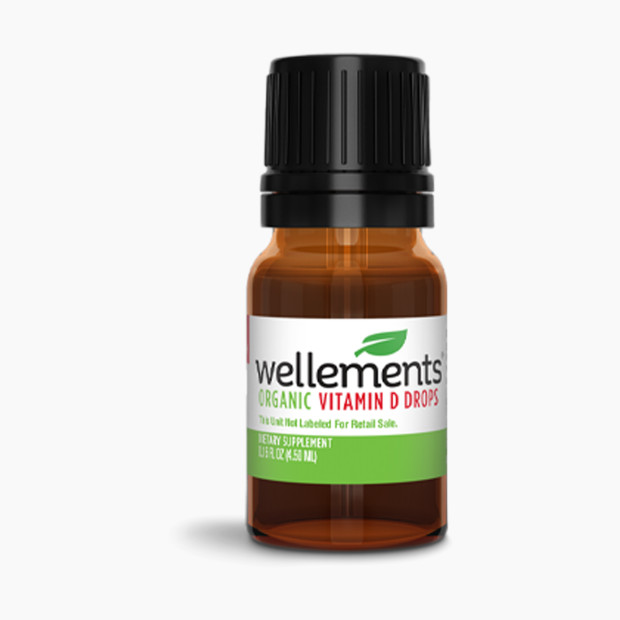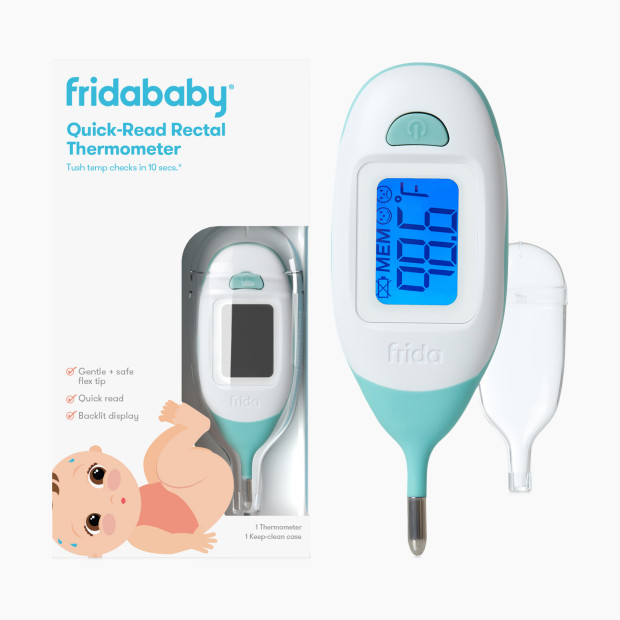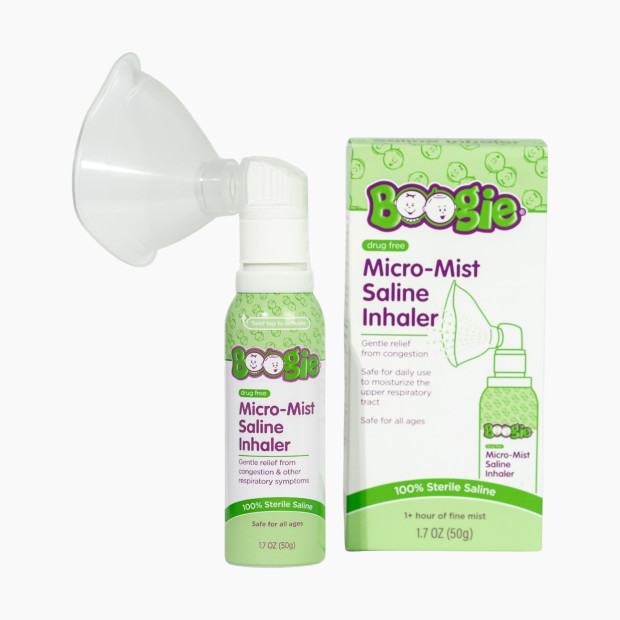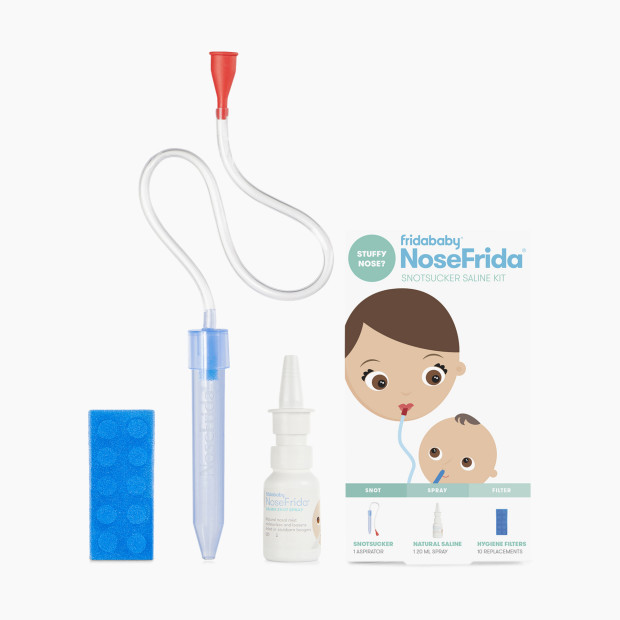Your Pre-Baby Safety To-Do List, According to an ER Doctor
From smoke detectors to first aid kits to emergency prep, here are tips from a doctor who's been there.
By Dr. Seran Kim and Amylia Ryan | Fact Checked by Shannon Vestal Robson
There are a lot of emotions while you wait to bring home your baby—excitement, wonder, worry. The last thing you want to consider is a medical emergency, but the newborn stage is a particularly vulnerable period of pediatric health. Prevention is the best safeguard. It’s a whirlwind when you bring your baby home, so planning ahead can help ensure the safety of the newest addition to your family.
Here are 10 things to do before the big day:
1. Create a safe crib space
Remove all pillows, blankets, stuffed animals and toys from the crib, including crib bumpers. All of these items pose a potential risk for suffocation, strangulation and entrapment. The American Academy of Pediatrics warns against the use of any of these items in the crib, as they can increase the risk of Sudden Infant Death Syndrome (SIDS) during the first year of life.
Contrary to popular belief, crib bumpers don’t prevent injury of any kind. Crib bumpers were originally designed to prevent infants from getting their heads caught between the crib slats and decrease the risk of injury as babies roll around. However, cribs are now highly regulated by the Consumer Product Safety Commission, so the slats are much closer together, preventing babies’ heads from getting stuck.
Pillows are also popular registry items, but babies should always lay flat on their backs on a firm surface. Remember, inclined sleepers and bedsharing are also not recommended—ever. And if you’re concerned that your baby will get cold, use a swaddle or a sleep sack rather than a loose blanket, which could suffocate a newborn.
Editor’s note: Looking for more information on safe sleep for your baby? Check out our article all about safe sleep.
2. Ensure that all smoke detectors are functional
Smoke alarms play a vital role in reducing fire injuries and deaths, with three out of five home fire deaths resulting from a disabled or missing fire alarm. Every bedroom needs a smoke alarm. Check that batteries are fresh, and when in doubt, replace them. The National Fire Protection Association recommends that when you “change your clocks, change your batteries.” Smoke alarms themselves should be changed every 10 years, and don’t forget to map out and practice a fire safety evacuation plan for your family.
3. Make sure all carbon monoxide detectors are functional
Carbon monoxide is a colorless, odorless gas that can cause permanent neurologic damage or death, even in small amounts. It’s a byproduct of burning carbon fuel, such as the natural gas in your stove or the gasoline emissions from your car. Early symptoms include dull headache, weakness, dizziness, nausea or vomiting, shortness of breath, confusion, blurry vision and loss of consciousness.
Carbon monoxide poisoning is especially dangerous for pregnant people, as fetal blood cells take up carbon monoxide more readily, which leaves unborn fetuses more susceptible to harm.
Because carbon monoxide is lighter than air, carbon monoxide detectors should be placed at least five feet high (or on the ceiling), and each level of your home should have a separate detector. Similar to smoke detectors, be sure to change batteries regularly.
4. Research product recalls
Consumer products are constantly being researched and evaluated, so even if products were approved for your older child, they may have been recalled since. Be sure to double-check for recalls of baby items through the CPSC website. Hand-me-downs are amazing (and encouraged), but make sure that these are still safe. And even if certain items are banned, they may still turn up at garage sales or second-hand stores. You can also sign up to receive free safety alerts and resources directly from the CPSC to stay up to date.
5. Keep an emergency list of phone numbers
These contacts should be programmed into your cell phone and also listed in a centralized place for other caregivers to see. The list should include your pediatrician, personal emergency contacts and poison control (1-800-222-1222). Poison control centers are answered by accredited medical professionals, and consults are free, confidential and available 24 hours every day.
Keep in mind that when the power is out, cordless phones (and cell phones) may not work, so having a landline is always recommended.
Also, it’s common for new parents to experience the “baby blues”—feeling stressed, sad, anxious or lonely following their baby’s birth. But postpartum depression is a more serious mood disorder that doesn’t go away on its own. It can help to have someone to talk to at a moment’s notice, so make sure your emergency contact list also includes the National Suicide Prevention Lifeline (which is also free, confidential and staffed all day, every day): 1-800-273-TALK (8255).
Lastly, get familiar with where your nearest Emergency Department is and the best route to get there.
6. Keep the water heater at 120 degrees F
Hot water scalds are the top cause of burns in babies and infants. Prevention is key, and decreasing the maximum water temperature helps prevent thermal burns from hot water. Use a bath water thermometer before placing your baby into the bath. And as a reminder, never leave your baby alone in the tub, even for a moment. Babies can drown in as little as one to two inches of water, and it can happen silently within seconds.
7. Prepare your pets
Your four-legged friend may be your first “baby,” but it’s important to prep your pet for your new arrival, especially if they’ve enjoyed “only child” status. Animals can become jealous, protective, confused and defensive, and even the most well-behaved, loving pet can quickly transform into predator mode when threatened.
To help prepare your pet, practice diapering, feeding, rocking and pushing a stroller with a doll around to familiarize your pet with these new activities. Practicing provides an early warning for potential dangers and allows for time and space to redirect and train as necessary. Invite others with babies to bring them to your home while under supervision at all times. Talk to your pet using your baby’s name if already chosen. And consider enrolling in a formal obedience class and apply the techniques that you learn. If you have any hesitation about introducing your newborn to your pet, be sure to discuss this with your veterinarian. And consider registering for dog walking so your pet still gets exercise even when you’re busy with the new baby.
8. Properly install your car seat
Due to their larger heads and spinal anatomy, babies are at increased risk of serious injury or death in car crashes. This is why it’s so important to install your car seat properly. Newborns should be placed in the back seat, in a rear-facing infant car seat or convertible car seat that’s okay for smaller babies. Pediatricians and car seat experts recommend using a new car seat, but if you’re considering a used car seat, be sure that it’s never been in a crash, hasn’t been recalled and isn’t older than six years.
There are many resources to double-check that your car seat has been installed correctly, and you can even get a free installation inspection through the National Highway Traffic Safety Administration.
Editor’s note: For complete guidance on how to install your car seat properly, read our article on car seat safety.
9. Stock your medicine cabinet or first aid kit
Having a well-stocked first aid kit helps prevent the need to make a stressful pharmacy run in the middle of the night. You can purchase a pre-made kit like the Babylist First Aid Kit, or be sure to keep the following on hand and save yourself a trip:
Simethicone drops are the most recommended medication for gas pain in infants. It’s generally a very safe medication for babies and can be used every day. The typical dose is 20mg up to four times per day.
Vitamin D drops are important for bone health, and all infants (whether breastfed or formula-fed) should have 400 IU (International Units) of vitamin D per day beginning in the first few days of life.
Infant acetaminophen (Tylenol) drops are essential for fever and teething. Fever in babies younger than three months old should always be measured using a rectal thermometer, so be sure to have a working one (and a lubrication like Vaseline) on hand—unlike rectal thermometers, ear and forehead thermometers aren’t as accurate for newborns. Note that infant’s acetaminophen should always be administered using a weight-based chart, and ibuprofen (Motrin) should NEVER be given to infants younger than six months old. Remember, ANY newborn younger than 12 weeks old with a fever (greater than 100.4 degrees F) must go directly to the ER for immediate evaluation.
Zinc oxide-based creams are effective against all kinds of rashes, including the common diaper rash. Zinc oxide helps provide an effective barrier for moisture, which allows for faster healing.
A nasal bulb with saline spray helps clear mucus from congested noses. Mucus is your baby’s natural defense for fighting off invaders and trapping viruses or air pollutants, but since their lungs are still maturing, mild congestion is common and babies may need a little extra help clearing the mucus. Babies primarily breathe through their noses, which means when congested, they can’t breathe, eat or sleep well. Proper suctioning helps solve this to make your baby more comfortable.
Editor’s note: These products will help you complete your at-home First Aid kit. The following items were chosen by our editors and are not endorsed by Dr. Seran Kim.
10. Take an infant CPR class
Cardiopulmonary Resuscitation is one of the skills you hope to never use, but “bystander” CPR (which is done before Emergency Medical Services or EMS arrives) can improve survival outcomes by two to three times. You can take a class either in-person or online, and there are options for adult CPR, infant CPR and First Aid. Emergency physicians typically refer to the American Heart Association guidelines, but the American Red Cross, neighborhood YMCAs and even your local hospitals may provide good resources.
Most importantly, exhale. While you can actively mitigate safety risks, you can’t plan for everything. Being prepared can help, but try to enjoy this time with your newborn as much as you can. It passes so quickly!
Dr. Seran Kim
Dr. Seran Kim is a board-certified Emergency Physician, cancer survivor and mom to three rambunctious boys, and she’s one of the doctors who helped develop the Babylist First Aid Kit. When not working, she can be found hiking, reading or embarrassing her kids with her hip-hop dancing. She has a weakness for milk chocolate and succulent plants that don’t need regular watering. She cannot live without GooGone and her power drill. She is adamant about helmets and seatbelts—and coffee. She believes the key to parenting survival is surrounding yourself with other families and raising kids as a village.
Amylia Ryan
Associate Editor
Amylia Ryan is the Associate Editor at Babylist, specializing in the topics of health, wellness and lifestyle products. Combining a decade of experience in writing and editing with a deep passion for helping people, her number one goal in her work is to ensure new parents feel supported and understood. She herself is a parent to two young children, who are more than willing to help product test endless toys, books, clothes, toiletries and more.

